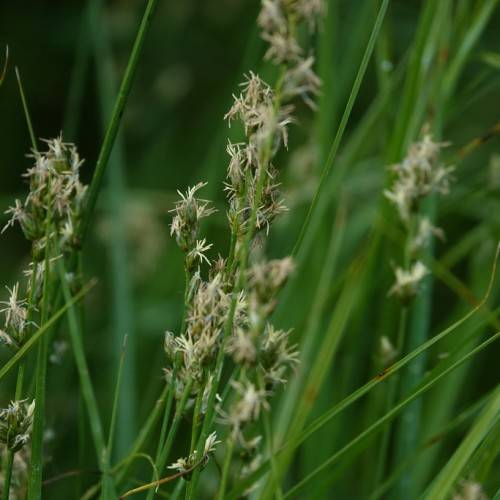
Grassland Sedge
Carex divulsa
Watering:
Minimal
Hardiness Zone:
Sun:
full sun,part shade
Leaf:
Yes
Growth Rate:
Low
Drought Tolerant:
Yes
Salt Tolerant:
Yes
Care Level:
Medium
watering
Distant Sedge should be watered twice a week, and should be given approximately 1 to 2 inches of water each time. It is best to water deeply enough to moisten the soil to a depth of 4 to 6 inches. To prevent overwatering, it is recommended to check for moisture levels before each watering. In general, water should not be allowed to stand on the surface of the soil, as this can create a conducive environment for fungus. The amount of water required will also depend upon your local climate, as drier areas may require more water than humid areas.
sunlight
Distant Sedge (Carex distans) is a species of grass-like plant that thrives in full sun to partial shade. It prefers moist, slightly acidic soils and grows best in areas with temperatures ranging between 40-80°F (4.5-27°C). Due to its preference for moisture, Distant Sedge does not tolerate drought very well and will suffer greatly if exposed to prolonged periods of dryness. It is important for gardeners to provide the necessary amount of sunlight and moisture for Distant Sedge to thrive. Full sun (meaning 6 or more hours of direct sunlight) is best for this particular species of plant. However, it can tolerate partial sun (4-6 hours of direct sunlight) if it is provided with constant moisture and protection from wind. Ultimately, the best option is to provide Distant Sedge with optimal light and water conditions for its particular habitat.
pruning
Distant Sedge can generally be pruned twice a year. Prune in late spring, after the plant has begun to grow back following winter dormancy. Trim the grass-like leaves back by about a third. This pruning helps to maintain the plant’s shape and prevent it from becoming too dense. Prune again in late summer or early autumn, removing any damaged or dead foliage. Make sure no more than 1/3 of the plant is removed at any 1 time to avoid damage.
